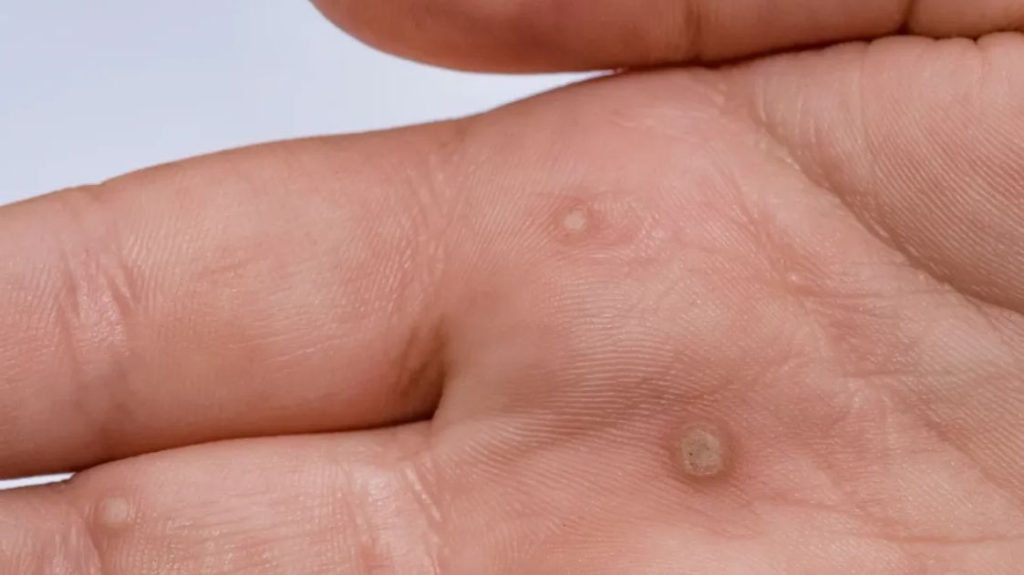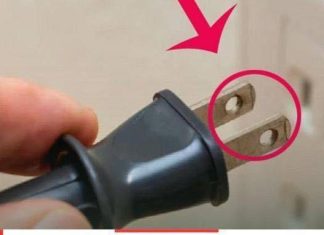A wart is a small, benign skin growth caused by the human papillomavirus (HPV). When HPV gains entry through a tiny cut or scrape, it infects the top layer of skin, leading to rapid cell growth and the characteristic bumpiness. While warts are generally harmless, they can be annoying or unsightly especially if they’re painful or spreading.
The Six Common Types of Warts
1. Common Warts
These are what most people picture when they think of a wart: rough, raised bumps with a cauliflower-like texture. They typically appear on the hands and fingers. Though usually small, they may enlarge over time if not treated.

2. Plantar Warts
Plantar warts develop on the soles of the feet, where pressure from walking can push them inward. This location can make them quite painful, as though you’re walking on a pebble. Over time, they may grow significantly if left unaddressed.
3. Flat Warts
Flat warts are smoother and flatter than other types. They often show up on the face, arms, or legs. Because the skin in these areas is more delicate, treatment must be gentler and tailored to the location.
4. Filiform Warts
These have a dramatic, thread-like appearance. They tend to pop up near sensitive areas like the eyes, nose, or mouth. Their thin projections make them distinct from other wart types.
5. Genital Warts
These warts affect the genital and anal areas and are usually sexually transmitted. They can be flat or raised, small or large, and sometimes resemble little cauliflower heads when clustered. Although often painless, they can itch, burn, or bleed. The most common HPV strains behind them are types 6 and 11, but higher-risk strains — like HPV 16 — can increase cancer risk.
6. Age (or “Wisdom Spot”) Warts
Also known as “wisdom spots,” these warts often show up as we get older — around age 40 or later. They usually appear on the upper back, the forehead, or the backs of hands. Initially, they may present as yellowish patches that evolve into slightly raised bumps in shades of light or dark brown. While harmless, they can be mistaken for more serious skin conditions, so it’s wise to have them checked by a dermatologist.
How Warts Spread
Warts are contagious. They spread most easily through direct skin-to-skin contact. If you touch a wart — either on yourself or someone else — and then touch broken skin, the virus can transfer. They can also be passed indirectly, for example by sharing items like razors or walking barefoot in communal areas (locker rooms, showers), where HPV lingers.
Home Remedies and At-Home Care
Many warts go away on their own, but some people prefer quicker or less invasive options. Here are a few DIY methods:
- Duct Tape: One surprising remedy is covering a wart with duct tape for several days. After removing the tape, soften the area with water and gently scrub with a pumice stone. The idea is that the tape blocks oxygen and helps slow wart growth.
- Apple Cider Vinegar: Dilute with water, soak a cotton ball, and apply it to the wart. Its acidity may help, similar to salicylic acid treatments.
- Aspirin Paste: Since aspirin contains a form of salicylic acid, you can crush pills, mix with a little water into a paste, apply it to the wart, and cover it with a bandage overnight.
- Tea Tree Oil: Known for its antimicrobial effects, diluted tea tree oil (mixed with a carrier oil like almond or castor oil) may help treat warts. Remember to dilute it properly to avoid skin irritation.

When to See a Doctor
If you have a wart in a sensitive spot (such as your face or genitals), or if the wart bleeds, changes color, or causes pain, it’s best to consult a medical professional. A dermatologist can recommend more effective treatment options and rule out anything more serious.
Final Thoughts
Warts may be common, but they come in different forms and deserve different approaches. Knowing which type you have — whether it’s a plantar wart that hurts when you step or a flat wart on your cheek — makes a big difference in how you treat and manage it. While at-home methods can work, don’t hesitate to ask a doctor when you’re unsure.

















